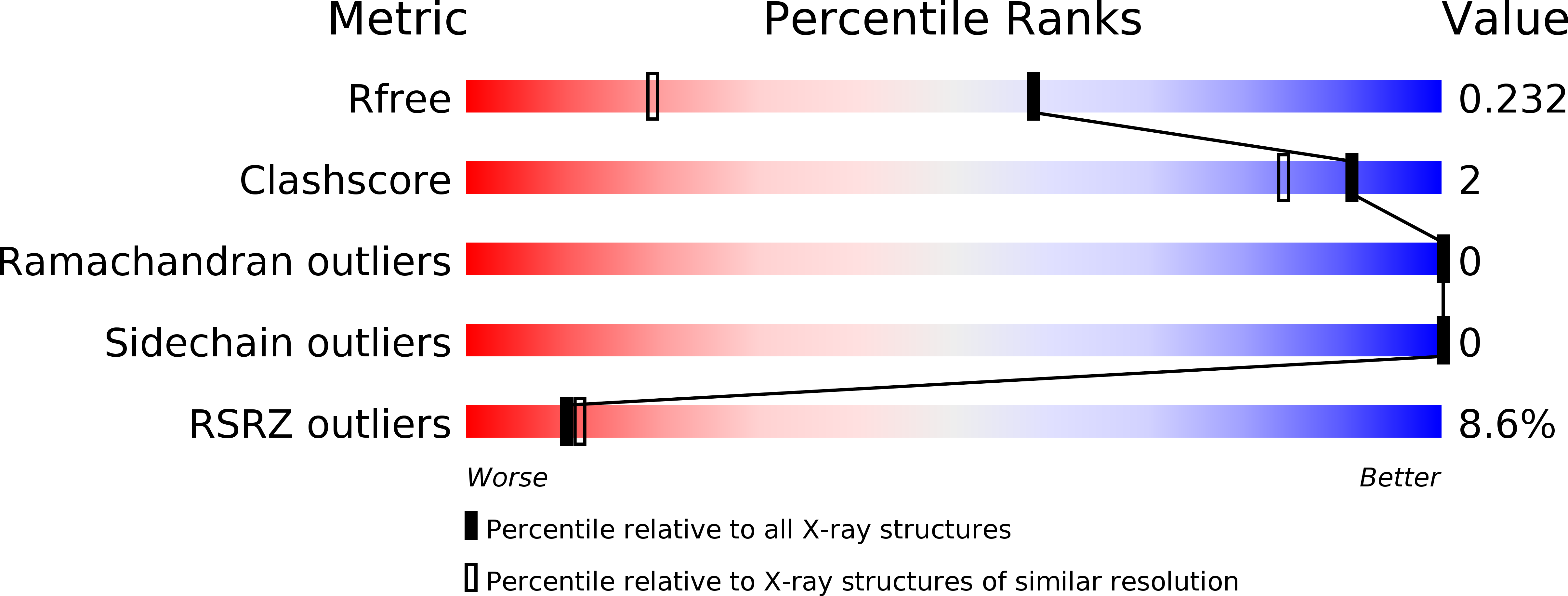
Deposition Date
2017-08-09
Release Date
2019-02-13
Last Version Date
2023-10-04
Entry Detail
PDB ID:
6AM3
Keywords:
Title:
Regulator of G protein signaling (RGS) 17 in complex with Ca2+
Biological Source:
Source Organism:
Homo sapiens (Taxon ID: 9606)
Host Organism:
Method Details:
Experimental Method:
Resolution:
1.53 Å
R-Value Free:
0.22
R-Value Work:
0.20
R-Value Observed:
0.20
Space Group:
P 1 21 1


